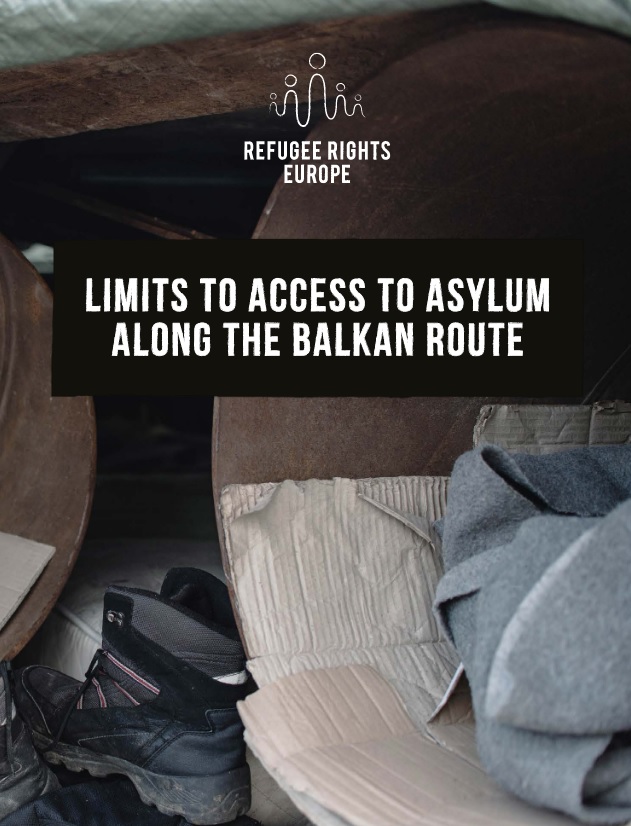Refugee Rights Europe presents a study to provide an overview of the situation pertaining to access to asylum in the countries along the ‘Balkan Route‘.
The formal closure of the ‘Balkan route’ in 2016 was part of a strategy to hinder the movement of refugees through the Balkans and into Western Europe. Despite this, since 2018, more than 65,000 people entered the region, using alternative and often more dangerous routes, and often being confronted with violations of their rights, pushbacks and beatings.
Even though the rates of people applying for asylum in the Western Balkan countries are extremely low, as the study shows, there is little to no attention to the functionality of these countries‘ asylum systems, or even to the living conditions for potential asylum seekers. In 2019, in Bosnia and Herzegovina (BiH) only 7% of arriving individuals end up applying for asylum, while in Montenegro as few as 14 individuals were granted international protection. And for those that do get asylum there is nearly non-existent integration and long-term support.
The research was conducted on the situation in Bosnia and Herzegovina, Kosovo, Montenegro, North Macedonia, and Serbia, with particular emphasis on BiH and Serbia (the two countries in the area with the highest number of displaced people present in-country), and points out the influence of the European Union on the border management of these countries. For over a decade, the region has been receiving donations directed toward securisation of the external borders, including for cooperation with FRONTEX, and all examined countries except for BiH changed their laws on foreigners and asylum in 2018, to mirror those in member countries.
The charity organisation Refugee Rights Europe is dedicated to research and documentation on the situation of refugees and displaced people seeking protection all across Europe.
Nidžara Ahmetašević | Refugee Rights Europe
Limits to Access to Asylum Along the Balkan Route
22 pages | 2021
To read the full study, click here: here
